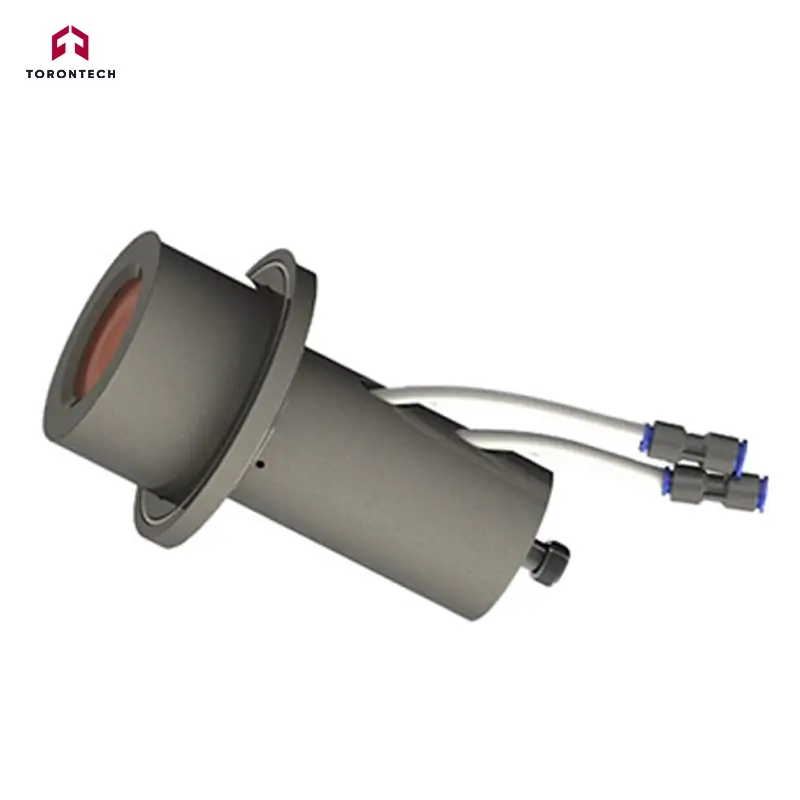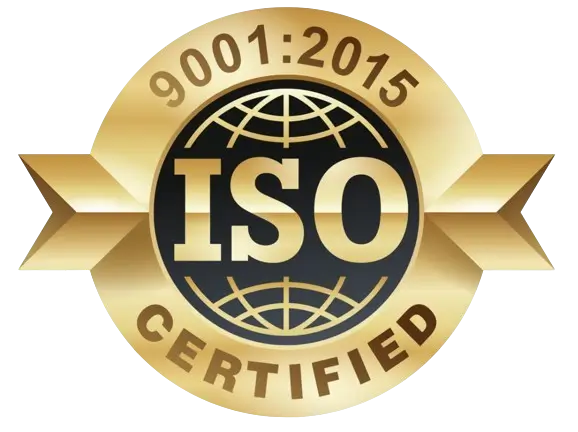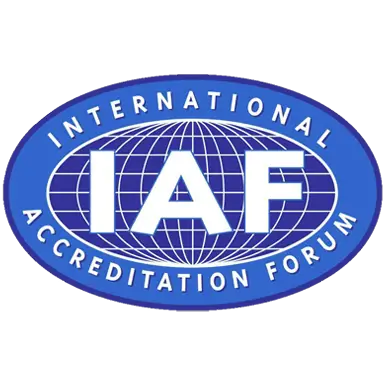Sputtering RF and DC Magnetrons
Sputtering RF and DC Magnetrons, a widely-used process in thin film deposition, includes specialized techniques ideal for various materials and substrate requirements.
Key sputtering methods include:
-
DC Sputtering (Direct Current Diode Sputtering): The most fundamental sputtering type, DC sputtering involves ionized Argon ions accelerated toward the cathode via a negative bias voltage. When Argon collides with the cathode (holding the target material), atoms from the target material are ejected and deposited onto the substrate. This method is effective for conductive target materials.
-
RF Sputtering: Ideal for electrically insulating or dielectric materials, such as ceramics, RF sputtering operates at lower Argon pressures (1-15 mTorr compared to DC's 100 mTorr). The reduced pressure decreases gas impurities in the chamber, enhancing the deposition quality by reducing gas collisions, thus improving the deposition's line of sight.
-
Magnetron Sputtering: Magnetron sputtering significantly boosts the deposition rate by concentrating ions and electrons above the cathode. Using a magnetic field, electrons are confined near the target, increasing Argon ionization and enabling operations at an even lower gas pressure (around 0.5 mTorr). This process reduces impurities and allows for a clearer line of sight, making it especially effective for high-purity and high-efficiency coatings. Magnetron sputtering is compatible with both DC and RF power sources and operates at lower substrate temperatures, improving flexibility for temperature-sensitive applications.
Magnetron Solution
Torontech has developed a single, versatile magnetron compatible with both DC and RF power sources, specifically designed to integrate seamlessly with their plasma power systems. This solution enables consistent and efficient performance across a range of sputtering applications, providing reliable results in high-quality thin film deposition.
These features make the system ideal for applications that require reliable, uniform deposition with efficient material usage and reduced downtime.
GT02 | |
Diameter | 2.0″ (50.8mm) |
Thickness | up to 1/4″ for non-magnetic target; up to 1/16″ for magnetic target |
Utilization | up to 70% |
Plasma Source | DC (Max.) 250 WRF (Max.) 300 W |
Water Cooling (Required) | Flow Rate requirement: 1/2 GPM, filteredWater Inlet Temperature: <20 CWater hook up: 0.25″ O.D Tube.Please inform us the tube size of your water chiller, we can pre-install the fitting for you at extra cost. |
Water connection: | 0.25 inch pneumatic pipe |
Electrical Connector: | Standard N type (DC and RF) |
Warranty | One year limited with lifetime support |
Vacuum Flange with Feedthrough (Optional) | 6″ CF flange with a high vacuum feedthrough is available upon request at extra cost. The sputtering head can be easily installed on the 6” CF vacuum flange through the quick disconnector. The height position of the sputtering gun can be manually adjusted inside the vacuum chamber. |
Net Weight | 3.5lbs |
GT10 | |
Diameter | 1.0″ (24.5mm) |
Thickness | up to 1/4″ for non-magnetic target; up to 1/16″ for magnetic target |
Utilization | up to 70% |
Plasma Source | DC (Max.) 250 WRF (Max.) 300 W |
Water Cooling (Required) | Flow Rate requirement: 1/2 GPM, filteredWater Inlet Temperature: <20 CWater hook up: 0.25″ O.D Tube.Please inform us the tube size of your water chiller, we can pre-install the fitting for you at extra cost. |
Water connection: | 0.25 inch pneumatic pipe |
Electrical Connector: | Standard N type (DC and RF) |
Warranty | One year limited with lifetime support |
Vacuum Flange with Feedthrough (Optional) | 6″ CF flange with a high vacuum feedthrough is available upon request at extra cost. The sputtering head can be easily installed on the 6” CF vacuum flange through the quick disconnector. The height position of the sputtering gun can be manually adjusted inside the vacuum chamber. |
Net Weight | 5.5lbs |





